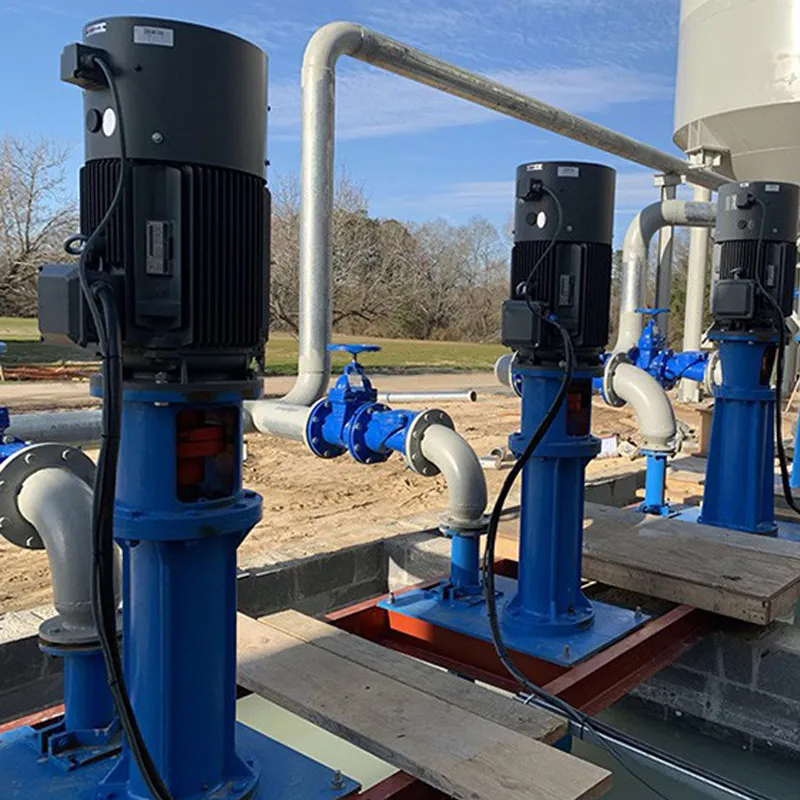Czech
- Afrikaans
- Albanian
- Amharic
- Arabic
- Armenian
- Azerbaijani
- Basque
- Belarusian
- Bengali
- Bosnian
- Bulgarian
- Catalan
- Cebuano
- Corsican
- Croatian
- Czech
- Danish
- Dutch
- English
- Esperanto
- Estonian
- Finnish
- French
- Frisian
- Galician
- Georgian
- German
- Greek
- Gujarati
- Haitian Creole
- hausa
- hawaiian
- Hebrew
- Hindi
- Miao
- Hungarian
- Icelandic
- igbo
- Indonesian
- irish
- Italian
- Japanese
- Javanese
- Kannada
- kazakh
- Khmer
- Rwandese
- Korean
- Kurdish
- Kyrgyz
- Lao
- Latin
- Latvian
- Lithuanian
- Luxembourgish
- Macedonian
- Malgashi
- Malay
- Malayalam
- Maltese
- Maori
- Marathi
- Mongolian
- Myanmar
- Nepali
- Norwegian
- Norwegian
- Occitan
- Pashto
- Persian
- Polish
- Portuguese
- Punjabi
- Romanian
- Russian
- Samoan
- Scottish Gaelic
- Serbian
- Sesotho
- Shona
- Sindhi
- Sinhala
- Slovak
- Slovenian
- Somali
- Spanish
- Sundanese
- Swahili
- Swedish
- Tagalog
- Tajik
- Tamil
- Tatar
- Telugu
- Thai
- Turkish
- Turkmen
- Ukrainian
- Urdu
- Uighur
- Uzbek
- Vietnamese
- Welsh
- Bantu
- Yiddish
- Yoruba
- Zulu
Telephone: +86 13120555503
Email: frank@cypump.com
Lis . 01, 2024 20:16 Back to list
Understanding the Functionality and Applications of Sewage Grinding Pumps for Waste Management
Understanding Sewage Grinding Pumps Essential Components of Wastewater Management
Sewage grinding pumps play a critical role in modern wastewater management systems. These specialized pumps are designed to handle solids and liquids in sewage, ensuring that wastewater is efficiently processed and transported to treatment facilities. With the rising population and urban development, the importance of effective sewage systems has never been more pronounced.
A sewage grinding pump operates by grinding solid waste into smaller particles before pumping it away, preventing clogs and backups in the sewage system. This functionality is vital in residential, commercial, and industrial settings where conventional drainage systems might struggle. In areas with low-lying installations or where gravity drains are insufficient, these pumps are indispensable for maintaining proper wastewater flow.
The construction of a sewage grinding pump typically includes a powerful motor, a cutting mechanism, and a robust casing designed to withstand harsh conditions
. The grinding mechanism usually consists of sharp blades or impellers that actively chop solids as they enter the pump. This process not only facilitates easier transport of waste but also reduces the risk of damage to plumbing infrastructure caused by large, unground solids.sewage grinding pump

One of the significant advantages of sewage grinding pumps is their ability to handle a variety of waste. These pumps can effectively manage household waste, including paper products, food particles, and even small objects that might inadvertently enter the plumbing system. This versatility makes them particularly valuable in settings where a high volume of waste is generated.
In terms of installation, sewage grinding pumps can be placed in pits or basins below ground level, allowing for efficient use of space. They are often used in homes that do not have direct access to a main sewer line, as they can convey waste uphill to link with broader sewer systems. This adaptability expands the potential locations for residential and commercial developments, contributing to urban sprawl.
Maintenance of these pumps is crucial for ensuring their longevity and performance. Regular checks should be performed to remove any clogs or debris that could impair the grinding mechanism or the motor. Additionally, operators should be vigilant about monitoring the pump’s operational efficiency to avoid failures that could lead to costly repairs or environmental hazards.
In conclusion, sewage grinding pumps are an essential component of contemporary wastewater management systems. By efficiently processing and transporting solid waste, they enhance the functionality of sewage systems and contribute significantly to public health and environmental protection. As cities grow and the demand for effective waste management solutions increases, the reliance on these innovative pumps will continue to grow. Investing in quality sewage grinding pumps and maintaining them properly is key to ensuring a reliable and sustainable wastewater management process.
-
High-Efficiency Submersible Effluent Pump for Sewage & Wastewater Solutions
NewsJul.08,2025
-
High Quality CH Warman Slurry Pump Factory - Leading Horizontal Slurry Pump Supplier
NewsJul.08,2025
-
Hot Sale Chemical Circulating Pump – Efficient & Durable Slurry Circulating Pump Solutions
NewsJul.08,2025
-
High-Efficiency Submersible Dredge Pump for Sand & Gravel Durable Dredge Slurry Pumps Solutions
NewsJul.07,2025
-
Wholesale Slurry Pump Impeller Supplier – High-Quality & Efficient Pump Parts for Enhanced Performance
NewsJul.07,2025
-
High-Efficiency Water Submersible Pumps Reliable Water Pump for Potable Water Supply
NewsJul.06,2025










